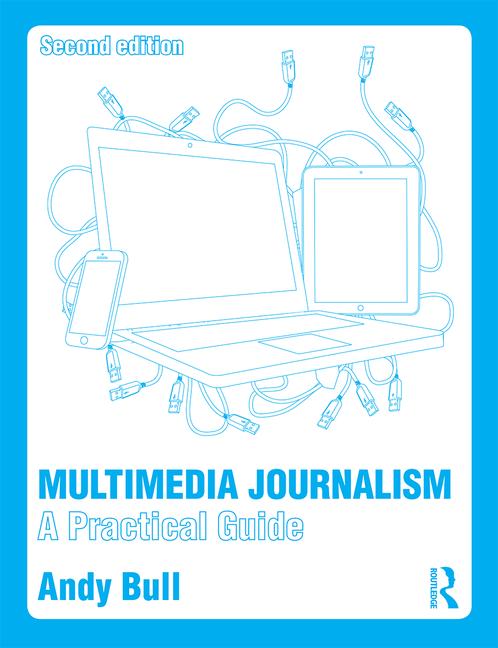This week and next we are posting six projects from MMJ Masterclass 20: Getting started in data journalism.
They'll go live, one a day, and will be available to non-subscribers for 24 hours each. Subscribers get them for free in perpetuity.
To subscribe, buy the book from Amazon, which costs you around £24 in the UK, $45 in the USA, and gives you full access to the book's extensive companion website and makes you a part of the MMJ community.
UK link here: http://www.amazon.co.uk/Multimedia-Journalism-Andy-Bull/dp/0415478235/ref=sr_1_1?s=books&ie=UTF8&qid=1296119153&sr=1-1
Here's the run down on the projects:
Project 1: Factual, Excel and Many Eyes, a beginner's guide to finding, sifting and visualising data using these three tools: Free Wednesday only, still here for subscribers: http://www.multimedia-journalism.co.uk/node/1271
Project 2: Socrata: An all-in-one data discovery and mapping tool. Posting on Thursday here: http://bit.ly/gag6qf
Project 3: Guardian Data, Google Spreadsheets and Mapalist: Posting on Friday here: http://www.multimedia-journalism.co.uk/node/1274
Project 4 Tableau, a multi-visualisation data tool for non-programmers. Posting on Saturday: http://www.multimedia-journalism.co.uk/node/1298
Project 5: Scraperwiki. Posting on Sunday: http://www.multimedia-journalism.co.uk/node/1299
Project 6: Plaintext visualisations with Many Eyes, Tableizer and Wordle. Posting Monday here: http://www.multimedia-journalism.co.uk/node/1319
They'll go live, one a day, and will be available to non-subscribers for 24 hours each. Subscribers get them for free in perpetuity.
To subscribe, buy the book from Amazon, which costs you around £24 in the UK, $45 in the USA, and gives you full access to the book's extensive companion website and makes you a part of the MMJ community.
UK link here: http://www.amazon.co.uk/Multimedia-Journalism-Andy-Bull/dp/0415478235/ref=sr_1_1?s=books&ie=UTF8&qid=1296119153&sr=1-1
Here's the run down on the projects:
Project 1: Factual, Excel and Many Eyes, a beginner's guide to finding, sifting and visualising data using these three tools: Free Wednesday only, still here for subscribers: http://www.multimedia-journalism.co.uk/node/1271
Project 2: Socrata: An all-in-one data discovery and mapping tool. Posting on Thursday here: http://bit.ly/gag6qf
Project 3: Guardian Data, Google Spreadsheets and Mapalist: Posting on Friday here: http://www.multimedia-journalism.co.uk/node/1274
Project 4 Tableau, a multi-visualisation data tool for non-programmers. Posting on Saturday: http://www.multimedia-journalism.co.uk/node/1298
Project 5: Scraperwiki. Posting on Sunday: http://www.multimedia-journalism.co.uk/node/1299
Project 6: Plaintext visualisations with Many Eyes, Tableizer and Wordle. Posting Monday here: http://www.multimedia-journalism.co.uk/node/1319


